Retail Sales: 8.5m is the New 11.5m
Remember the “worst case sales scenario” in GM’s viability plan? It predicted 11.5m annual sales in the US. Unless a turnaround arrives sometime this year, there’s no chance that sales will hit that number. According to Automotive News [sub], annual sales expectations for 2009 have dropped to 9.8m units. But there’s still a surprising amount of unfounded optimism among Detroit’s spinners and marketing mavens. Specifically, Ford’s execs say that retail sales have “stabilized” over the past four months. Too bad, then, that they’ve stabilized at an abysmal rate of 8.5m units per year. “We’re heartened to see it stabilize — although stabilizing at an awful level,” said Ken Czubay, Ford vice president of U.S. sales and marketing. Heartened? Seriously? But enough of the maudlin posturing. There are scapegoats to blame!
And unsurprisingly, the villain is the same malefactor that was blamed for bringing Detroit to its knees in the first place: the credit market. “People are coming in wanting to buy vehicles, and they are being turned down,” says GM’s executive director of global market and industry analysis Mike DiGiovanni. “We have to break and thaw the credit markets for consumers who want to buy automobiles. We’re seeing some minor thawing occurring, but it is not nearly enough.” This despite billions in TARP money flowing to GMAC and Chrysler Financial. And a host of indicators that show US automakers were in deep excrement before credit markets even began to seize up.
A sense of acceptance has set in. Chrysler’s Jim Press says “we need to recalibrate where the market is and stop dreaming about pent-up demand. Looking at the economy and taking a realistic view of the credit situation, there’s not a lot of reason to think the entire industry is going to have a lot of growth. We want to operate in a conservative manner.” Or, as Stephan Jacoby of the less-exposed Volkswagen Group of America puts it, “right now, we have no sign when the industry can improve, actually.”
More by Edward Niedermeyer
Latest Car Reviews
Read moreLatest Product Reviews
Read moreRecent Comments
- Urlik Why it isn’t smaller like the CX-7 was compared to the CX-9. The size is why we passed, they need a tweener again.
- MaintenanceCosts Any plans to build a hybrid with six cylinders?
- V16 The EV9 looks to be channeling a LEGO design.
- Calrson Fan I'm sure it's great vehicle if you never leave town. Trying to tow anything substantial like a small camper into a rural area with it would be a complete disaster, even worse in cold weather. But hey it's so affordable.........wait a minute
- TheEndlessEnigma You charged for 3 hours and got only 43 miles out of it? That's underwhelming.



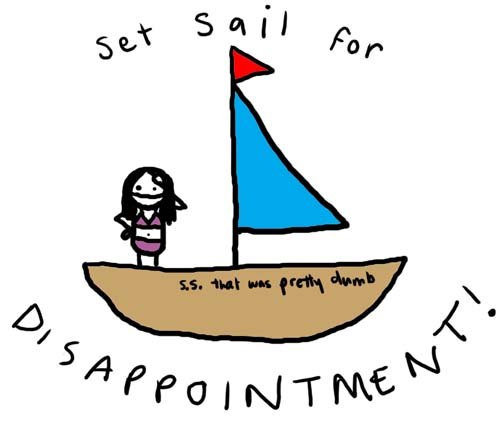














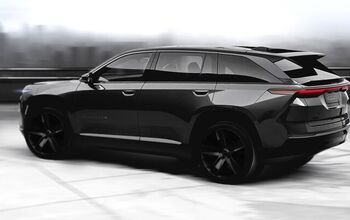


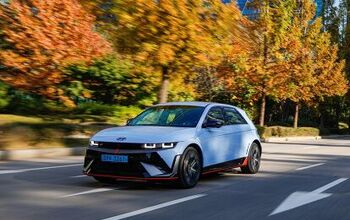

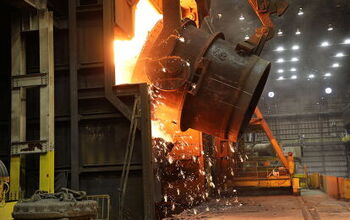
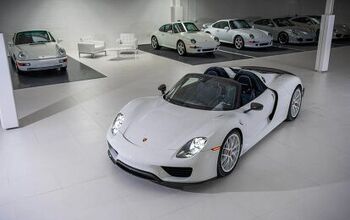

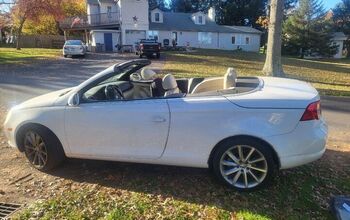
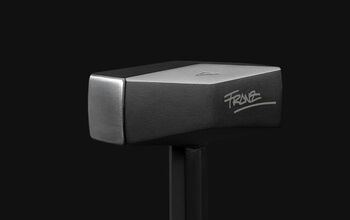
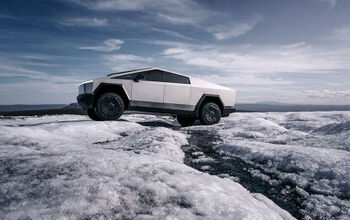
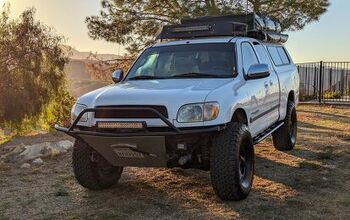

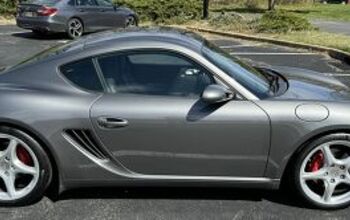
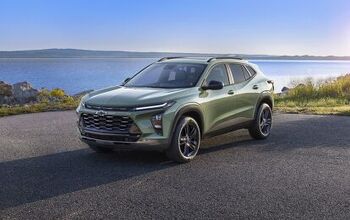
Comments
Join the conversation
This is a direct result of the boomer bulge. The leading edge of the boomers are on their final vehicles. The large middle might get one more but there's no rush. With all the credit shenanigans from the last decade there's a lot of fairly new metal out there. The trailing edge has battened down the hatches. Gen XYZ are doing their things, just like the boomer did, but on a vastly smaller scale. 17.7m might be the peak that the market will never reach again.
I have a high enough credit score to qualify for a new car loan today BUT... 1) My 98 Toyota and 2004 Hyundai have been dependable, if boring. Baring an accident, there is no compelling need to replace them this year or next. 2) I still have a job but work in manufacturing so I'm a little nervous about losing it. 3) Any extra money I get, including the $500/$1000 tax credit that is/might be in the Stimulus Plan will go toward paying down debt. 4) When I do buy my next vehicle, the only Detroit automaker I will consider is Ford. I used to be a fan of GM but my last GM vehicles are the reason I have a Toyota and Hyundai in the driveway. I would not miss Chrysler, either.